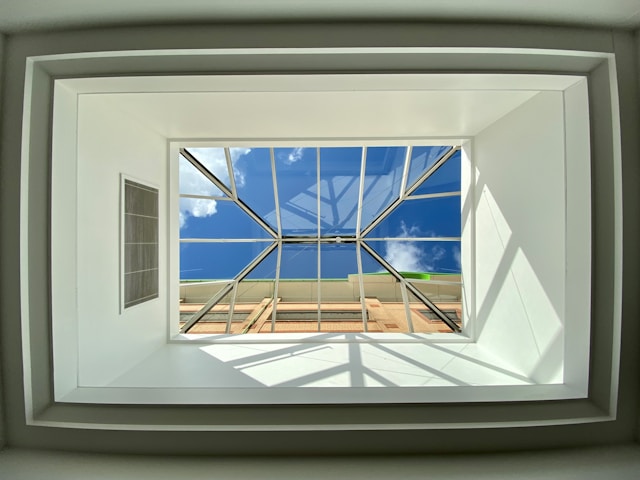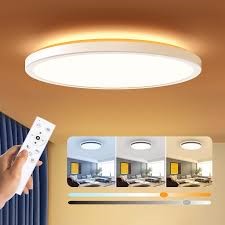Cabinet pulls are small yet significant details that enhance the aesthetic appeal and functionality of your kitchen, bathroom, or furniture. Over time, they may loosen, wear out, or need an upgrade. However, reinstalling cabinet pulls is a straightforward DIY project that can significantly enhance the appearance and functionality of your kitchen, bathroom, or furniture. Whether you’re updating to a new style, replacing worn-out hardware, or reinstalling pulls after refinishing cabinets, following a systematic approach ensures a professional and secure installation.
In this guide, we’ll discuss the step-by-step process of reinstalling cabinet pulls, including the tools you’ll need, preparation tips, and common mistakes to avoid.
So, let’s get in!
Why Reinstall Cabinet Pulls?
Before learning about the installation process, let’s look at a few common reasons for reinstalling cabinet pulls:
1. Upgrading to a New Style
Updating cabinet hardware is a cost-effective method to enhnace the appearance of your kitchen or bathroom. Cabinet pulls come in various styles, finishes, and designs, allowing you to personalize your space to match your unique taste. Whether you prefer sleek and modern, rustic and traditional, or something in between, there’s a perfect cabinet pull to complement your kitchen’s style.
2. Addressing Loose or Worn-Out Hardware
Over time, cabinet pulls can become loose, tarnished, or damaged due to regular use. This wear and tear not only diminishes the aesthetic appeal of your cabinets but also affects their functionality, making it challenging to open or close doors and drawers. Replacing old, ornate pulls with classic knobs can provide a fresh, uncluttered style.
3. Reinstalling After Painting or Refinishing
When cabinets are painted or refinished, removing existing hardware is typically necessary to achieve a thorough and even application.
Once the refinishing process is complete, reinstalling the cabinet pulls is essential to restore the cabinets’ functionality and complement the refreshed appearance. This step ensures that the hardware aligns with the new finish, providing a cohesive and polished look.
4. Realigning Misplaced Pulls
Improperly installed or misaligned cabinet pulls can lead to functional issues, such as difficulty in opening or closing doors and drawers. Misalignment can also detract from the overall aesthetic of the cabinetry, giving it an unprofessional appearance.
Realigning or reinstalling the pulls ensures that they are correctly positioned, enhancing both the usability and visual appeal of the cabinets.
Tools and Materials You’ll Need
To reinstall cabinet pulls effectively, gather the following tools and materials:
Tools:
- Phillips-head or flathead screwdriver (depending on your cabinet pull screws)
- Drill (optional, if creating new holes)
- Measuring tape
- Level or cabinet hardware template
- Pencil or masking tape for marking
- Wood filler (if old holes need to be patched)
- Sandpaper (for smoothing patched holes)
Materials:
- Cabinet pulls (new or reused)
- Screws (ensure they are the correct length for your cabinet doors/drawers)
- Washers (if necessary for securing the pull)
Step-by-Step Guide to Reinstall Cabinet Pulls
Step 1: Remove Old Pulls (If Necessary)
If you are replacing cabinet pulls, start by removing the old ones:
- Use a screwdriver to unscrew the fasteners from the inside of the cabinet door or drawer.
- Set aside the old pulls and screws if you plan to reuse them.
- If the new pulls require different hole spacing, fill the old holes with wood filler, let it dry, and sand the area smoothly before proceeding.
Step 2: Determine Placement
Proper placement ensures an ergonomic and visually appealing installation:
- Standard Cabinet Doors: Position pulls about 2.5 to 3 inches from the bottom corner for upper cabinets and the top corner for lower cabinets.
- Drawers: Center the pull in the middle of the drawer front. For large drawers, consider using two pulls spaced evenly apart.
- Using a Template: A cabinet hardware template can help you mark precise, consistent placements.
- Mark with Tape: Place painter’s tape over the area where you will drill or install screws to prevent splintering.
Step 3: Mark the Screw Holes
Once you’ve determined placement:
- Use a pencil to mark the spots for the screws.
- Double-check alignment using a level to avoid crooked pulls.
- If reinstalling in existing holes, ensure they are clean and ready for use.
Step 4: Drill New Holes (If Needed)
If your new cabinet pulls require new hole placements:
- Use a drill bit slightly smaller than your screw size.
- Drill carefully to avoid splintering the wood or laminate.
- If drilling through thick cabinet material, go slow to maintain precision.
Step 5: Attach the Pulls
Now, it’s time to secure the cabinet pulls:
- Insert the screws through the back of the cabinet door or drawer.
- Align the pull with the screws and tighten using a screwdriver.
- Avoid overtightening, as this may damage the cabinet surface or strip the screw holes.
- If necessary, use washers for additional support.
Step 6: Test and Adjust
- Open and close the cabinets and drawers to ensure a comfortable grip.
- Check for any loose or wobbly pulls and tighten if needed.
- Ensure all pulls are aligned uniformly for a polished look.
Tips for a Smooth Installation
- Use the Right Screws: Cabinet pulls come with different screw lengths. If your cabinet doors are thick, you may need longer screws.
- Work in Pairs: If possible, have someone hold the pull in place while you secure the screws from the back.
- Double-Check Measurements: Before drilling new holes, confirm placement with a measuring tape and level.
- Patch Old Holes Properly: If switching to a different pull size, fill the old holes completely with wood filler and sand them smooth before repainting or staining.
- Choose a Consistent Style: If replacing multiple pulls, ensure they match in size and style for a cohesive look.
Common Mistakes to Avoid
- Not Measuring Properly: Uneven or off-centered cabinet pulls can make the entire installation look unprofessional.
- Overtightening Screws: This can strip the holes or crack the wood.
- Skipping the Template: Freehand placement may result in uneven pulls.
- Using the Wrong Drill Bit Size: A hole that’s too large can cause the pull to be loose, while a hole that’s too small can make installation difficult.
- Not Checking Alignment Before Securing: Always step back and look at the placement before fully tightening the screws.
Conclusion
Reinstalling cabinet pulls is a straightforward DIY project that can make a big difference in the look and functionality of your space. With the right tools, precise measurements, and careful execution, you can achieve a professional finish with minimal effort.
Whether you’re updating the style of your cabinets, fixing loose pulls, or reinstalling after refinishing, following these steps ensures a seamless and successful installation. Now, with your freshly installed cabinet pulls, your kitchen, bathroom, or furniture will have a refreshed and stylish appearance!
For the latest updates and information, keep checking SimpCity.








